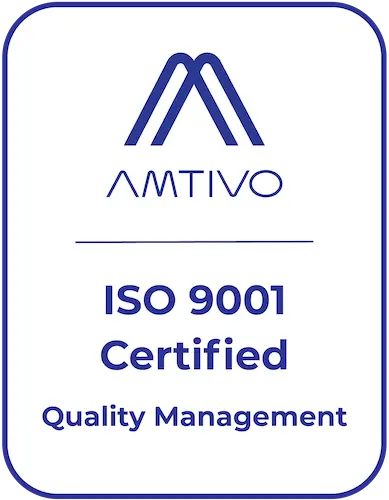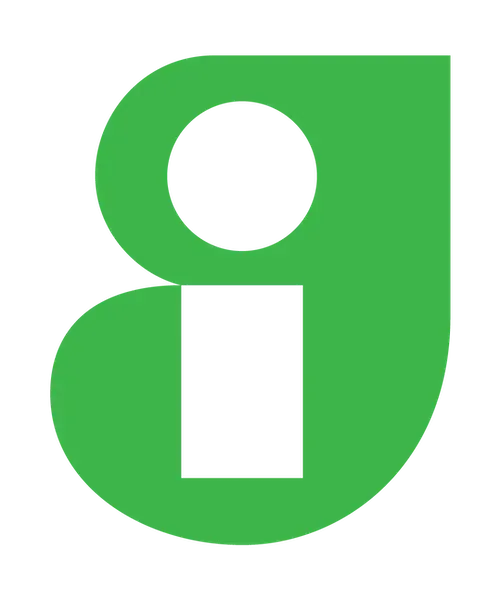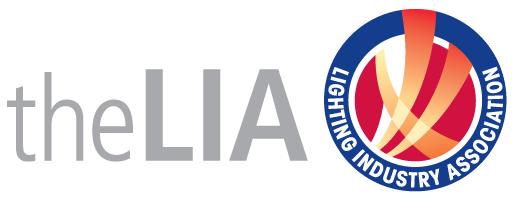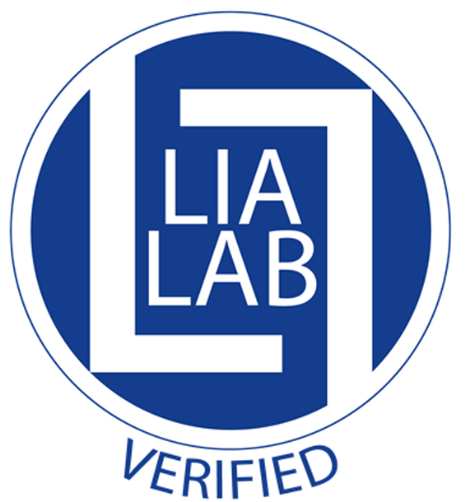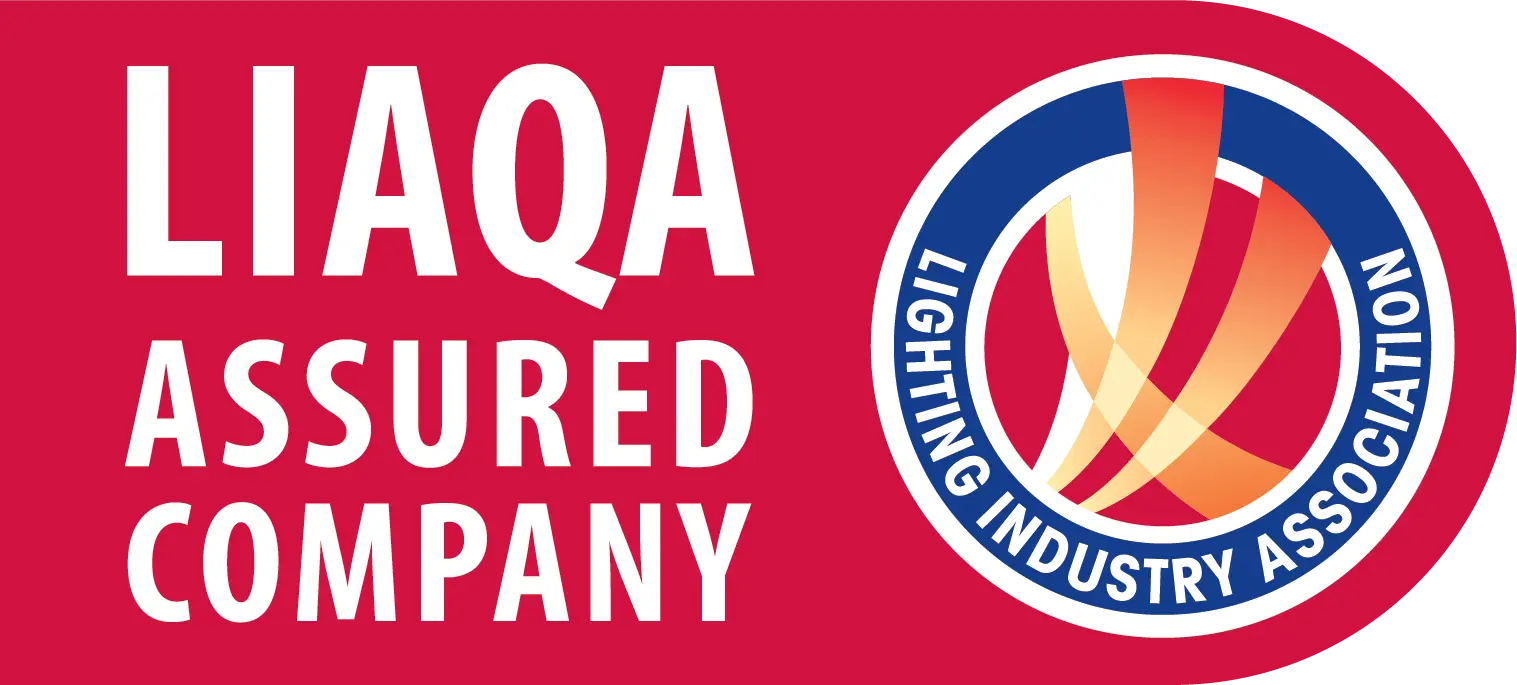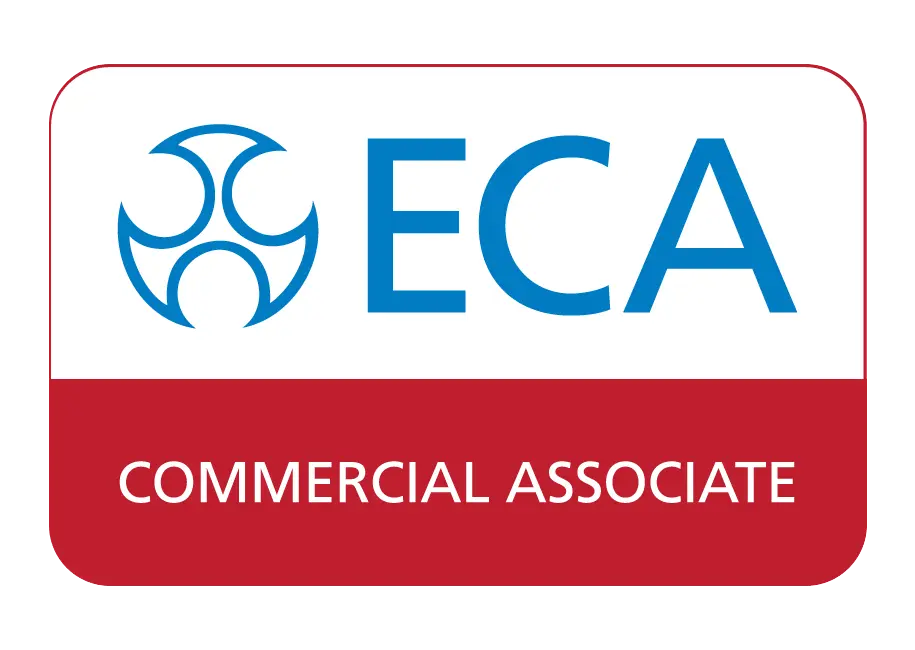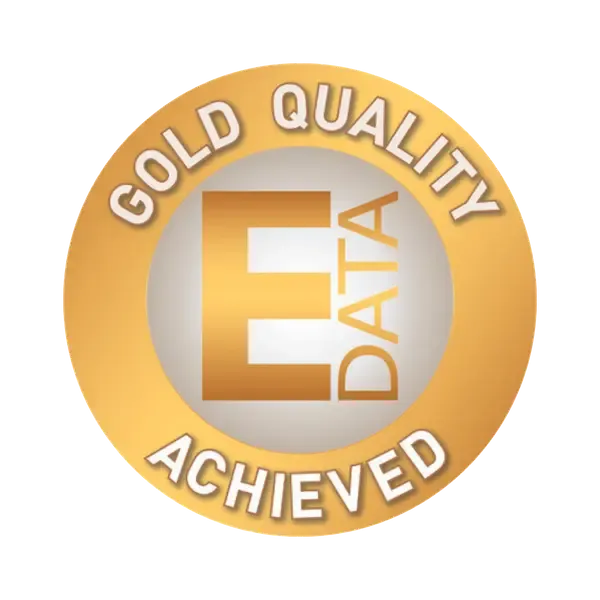Emergency Lighting & ICEL Certification: What You Need to Know
When it comes to emergency lighting, electricians are often the last line of defence between a safe exit and confusion during a power cut or fire. But how can you be sure the products you install are up to standard? After all, emergency lighting is a life-saving device, just like smoke alarms or carbon monoxide alarms – so you want to make sure what you’re installing is up to the job.
That’s where ICEL Certification comes in. It’s not just a badge - it’s a mark that tells you the emergency lighting product in your hands has been independently tested, meets strict UK and EU standards, and is designed to work when it matters most. Scroll down to see what ROBUS products have ICEL certification.
What is ICEL Certification?
ICEL (the Industry Committee for Emergency Lighting) is part of the LIA (Lighting Industry Association) and works to improve emergency lighting across the UK. The ICEL Product Certification Scheme is a voluntary certification, which means manufacturers, like us, choose to take part.
When we do, our products go through a rigorous review process to check they’re compliant with the relevant safety and performance standards. Certified products can display the ICEL mark on the luminaire, packaging, datasheets or websites. So when you see it, you know the product has been put through its paces.
Why it Matters for Your Next Emergency Lighting Job
If you’re fitting or specifying emergency lights, you want to be confident in three things:
- The product will work in an emergency.
- It’s been tested against recognised standards.
- The manufacturer is regularly audited.
ICEL certification provides peace of mind on all three fronts. There’s also a public database where you can check whether a product is certified which is great for specifiers, contractors, or anyone wanting to double-check what they’re using.
How Do Lighting Manufacturers Like ROBUS Get ICEL Certified?
There are three routes for getting ICEL certified, depending on the product’s background and how much existing evidence the manufacturer already has.
1. Principle 1 – Full Technical File Review (How ROBUS Earned ICEL Certification)
This is the most thorough route. The lighting manufacturer submits a complete technical file showing that the emergency product meets:
- Low Voltage Directive (LVD) or UK Electrical Equipment (Safety) Regulations,
- The relevant product performance standards,
- Detailed test results, including photometric data.
They must also pass a factory audit called LIAQA EL Module 6, which checks their quality systems. ICEL may ask for samples for inspection too. This route gives the highest level of confidence because the product is reviewed from the ground up.
2. Principle 2 - Fast-Track
If the product already has a third-party certification (like BSI Kitemark, ENEC, or UL), the lighting manufacturer can use that to fast-track the ICEL process. They’ll still need to provide photometric data and pass the LIAQA audit, but much of the paperwork is already done. This route is quicker but still rigorous.
3. Principle 3 - Sublicensing
Sometimes. a certified product is rebranded or slightly modified by another manufacturer. In that case, a sublicense agreement can be set up, with documentation to confirm any changes don’t affect safety or performance.
What Happens After ICEL Certification?
Once a product is certified, it’s valid for one year. But it doesn’t stop there:
- The manufacturer must declare any changes to the product.
- They’ll undergo annual reassurances to ensure nothing has changed that could affect compliance.
- If there are major changes (design, components, etc.), it may trigger a new evaluation.
For electricians, that means ICEL-certified products are kept up to date and don’t go stale on the shelf.
What’s Checked in LIAQA Factory Audits?
All companies using Principle 1 must pass the LIAQA factory audit each year. This audit checks:
- Production processes
- Quality control
- Ongoing compliance with standards
If the manufacturer used Principle 2 (a fast-track route), their factory is still audited by the original certifier, and those results are reviewed by ICEL. So, either way, the manufacturer’s operations are checked regularly.
What Emergency Lighting Products Are Covered?
The ICEL scheme covers a wide range of emergency lighting equipment, including:
- Emergency luminaires (standard and re-engineered)
- Control gear
- Monitoring/test systems
- Batteries for both self-contained and centrally supplied systems
Here is a growing list of out products which have ICEL certification. You can search for them on the LIA website using the codes for more details.
HARBOUR EXPRESS (012-0114)
GOLF EXPRESS MODULAR (012-0106)
VULCAN & SULTAN (012-0087)
ULTIMUM EXPRESS & TRIUMPH SLIM (012-0088)
ATMOS & DALLAS (012-0086)
SONIC 5 MULTIBAY (012-0115)
SELEST (012-0061/A1)
EBLANA & SAPPHIRE (001-053)
SWISS & BLADE (001-054)
FINCH & MUSTER (001-055)
DESMOND (001-056)
CARINA (001-057)
AVIOR (001-058)
REX & EXIT BOX (001-052)
Look Out for the ICEL mark!
When choosing or installing emergency lighting, look for the ICEL mark. It’s a clear sign that the product has been independently assessed, the manufacturer is audited annually, and the emergency lighting meets the UK legal and safety standards. For you, that means less worry, fewer call-backs, and more trust in what you install.

